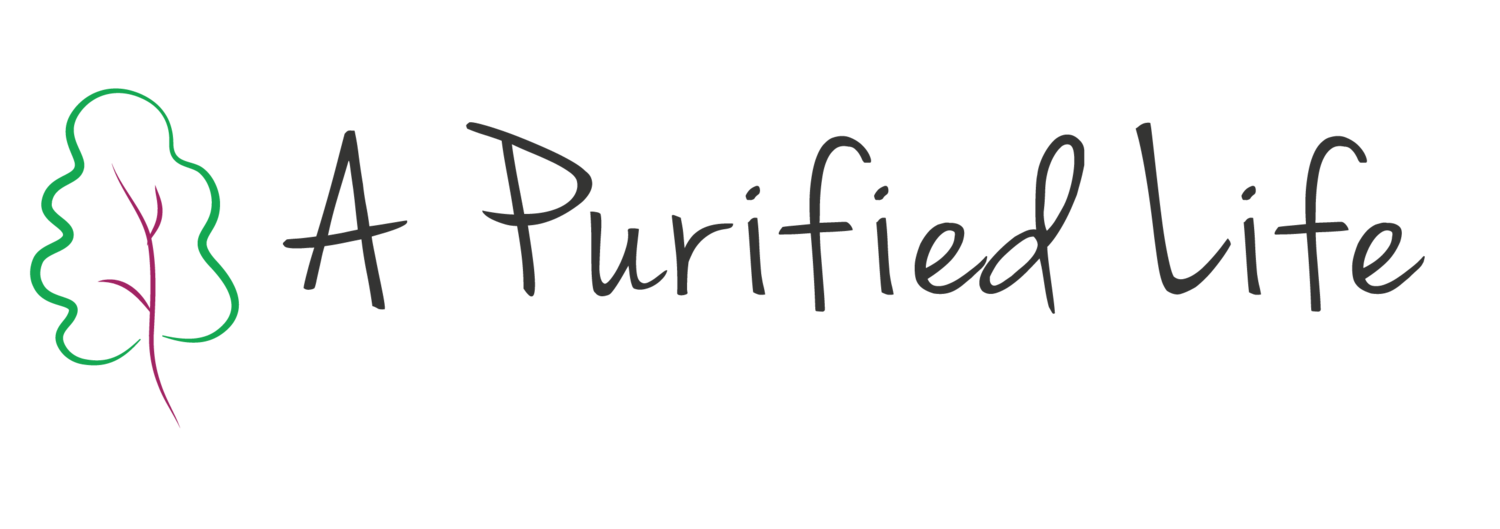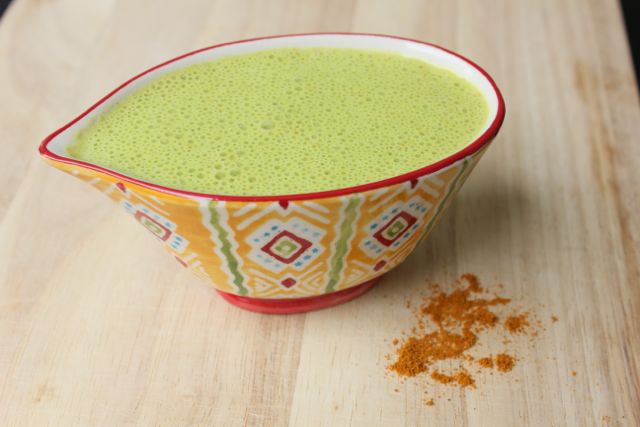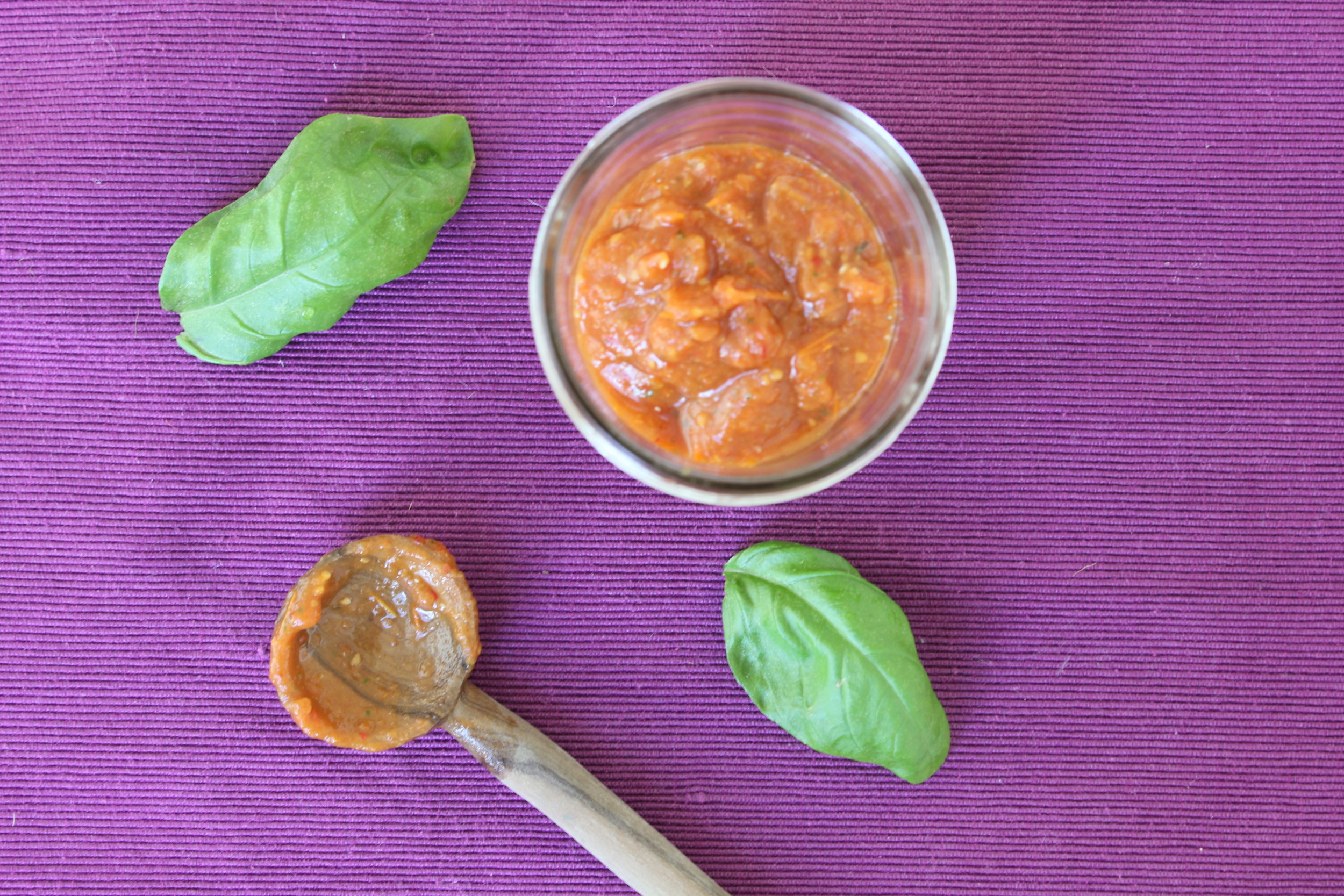Growing up, chicken mole was one of my favorite dishes. Sometimes my mom would buy the sauce that came in the jar - ready to serve.
When I embarked on my health journey, I got curious about everything I was putting into my body. Reading labels and ingredient list was key for me when buying packaged products. Now, 95% of my food is fresh and does not come in a package, but there's the exception of products like raw honey, extra virgin olive oil, apple cider vinegar, etc.
I was amazed by the not-so-healthy ingredient list of the mole sauce in a jar. It was something along the lines of processed sugar, hydrogenated soybean oil (trans fat), cornstarch, cocoa (processed, not the same as raw cacao), and natural flavors (GMOs).
Mole became a special occasion dish for me (I believe in balance), until I went to holistic nutrition culinary school and learned how to make mole sauce from scratch with delicious whole ingredients.
There are many versions of mole sauce. It originated in Mexico and was traditionally made with chili peppers, nuts, spices, and chocolate. I've made a few different recipes out there, but this one from Bauman College always seems to leave everyone wanting more.
I'm sharing this recipe with you with hopes that you'll be as excited as I was to make and enjoy the full nourishment from homemade mole sauce. It's quite the therapeutic process and can be made in large batches and frozen for later use.
Ingredients
8 dried ancho chilies, stemmed and seeded
2 dried chipotle chilies, stemmed and seeded
2 Tablespoons raisins
2 Tablespoons raw almonds
1/4 cup raw sesame seeds
1/4 cup raw sunflower seeds
2 Tablespoons raw pumpkin seeds
1/2 teaspoon black peppercorn
1 teaspoon dried Mexican oregano
1 Tablespoon coconut oil or ghee
1 medium onion, chopped
2 cloves garlic, chopped
1/2 teaspoon cinnamon
1/2 teaspoon cumin
3 fresh plum tomatoes, chopped
A few pinches of sea salt
1-3 ounces dark chocolate, 70-80% cacao (I used my Superfood Chocolate bars), to taste
Procedure
- Preheat oven to 350 F.
- Place the seeded dry chilies on a baking sheet and toast in the over for 5-10 minutes, checking frequently. When the chilies begin to release their aroma, take them out of the oven. Make sure to not let them burn. Add the toaster chilies to a bowl with the raisins and cover with warm water. Allow to soften for 30 minutes then drain out liquid, reserving liquid for later use.
- Place almonds, sesame seeds, pumpkin seeds, and sunflower seeds on a baking sheet and place in over (350 F) for 3-5 minutes to toast. Watch closely to make sure seeds don't burn. Remove from the heat and let cool.
- In a medium pot or pan over medium heat, warm the coconut oil/ghee, add the onion and sauté until translucent. Add the garlic, cinnamon, and cumin and cook for another minute. Add the tomatoes and cook for a few minutes, until softened. Transfer vegetables to a high-speed blender along with soaked chilies, raisins, nuts and seeds.
- Puree the mixture, adding a little water or vegetable stock as needed, to make a smooth sauce.
- Return the sauce to the pot on low heat. When the sauce begins to simmer, stir in the chocolate and allow to melt. Taste the sauce and season with salt as needed. If you want it spicier, add some of the chili soaking liquid. If the sauce is too thick, thin it out with a little water or vegetable stock.
Makes about 4 cups of sauce. Recipe adapted from Bauman College Staff.










